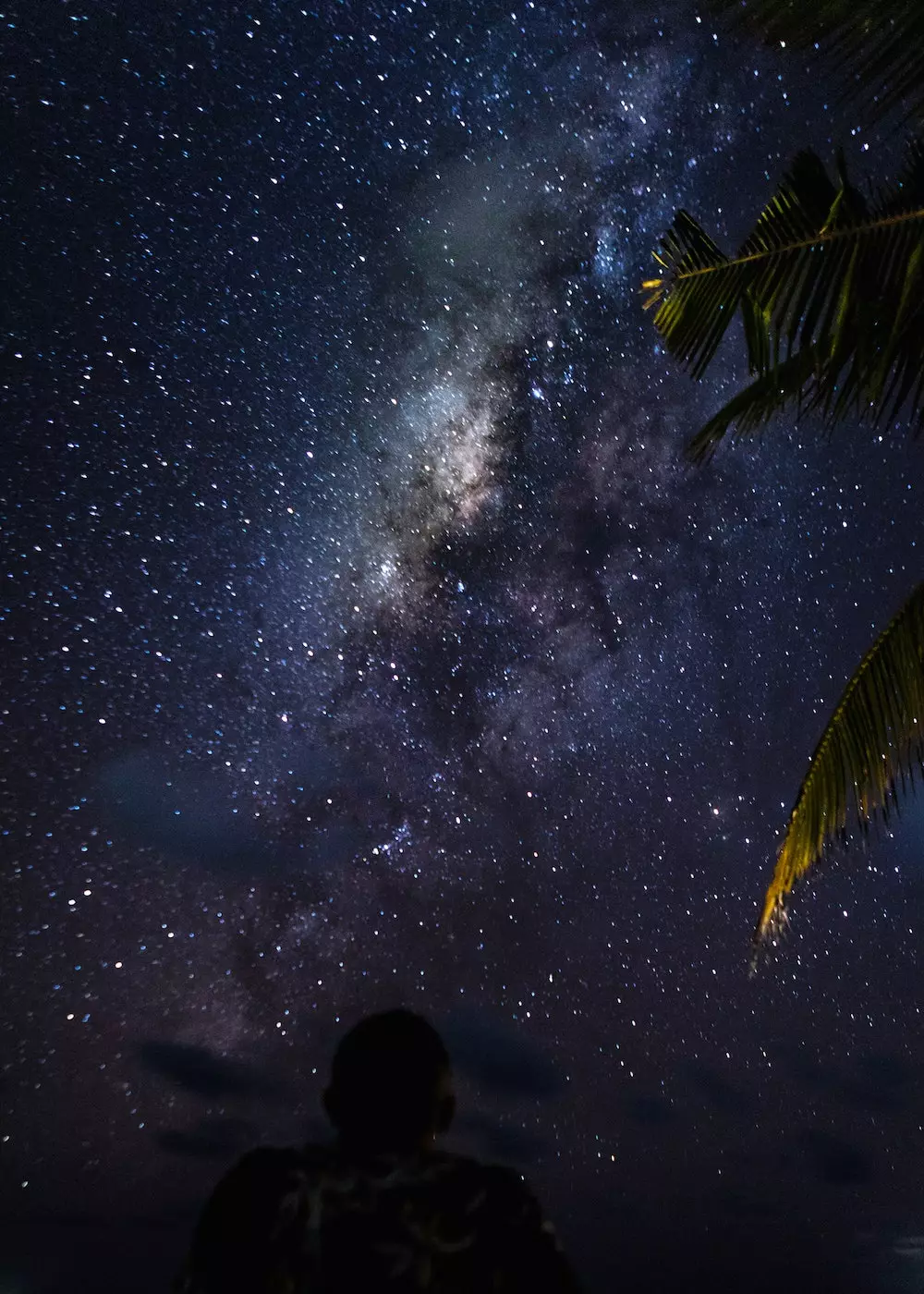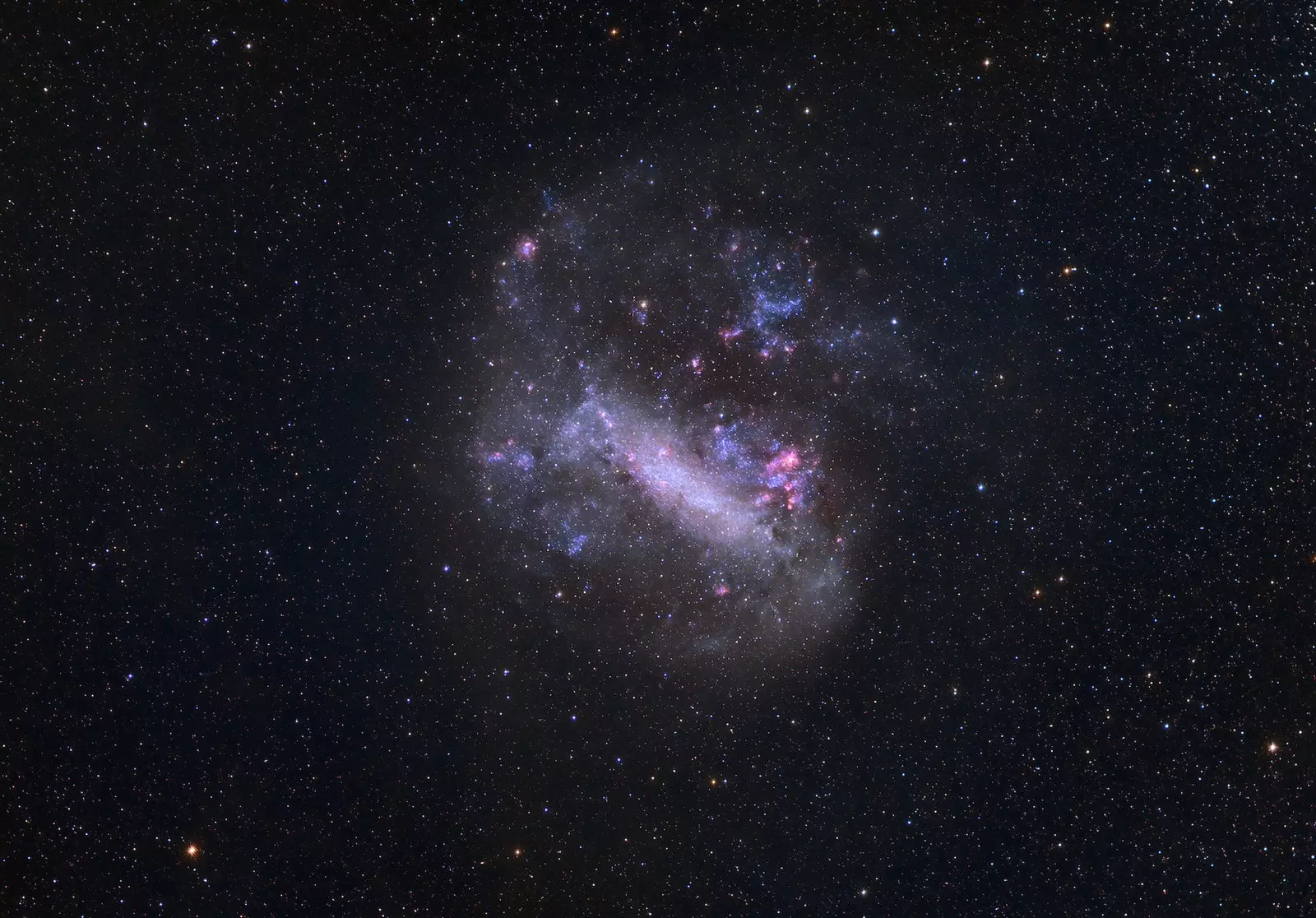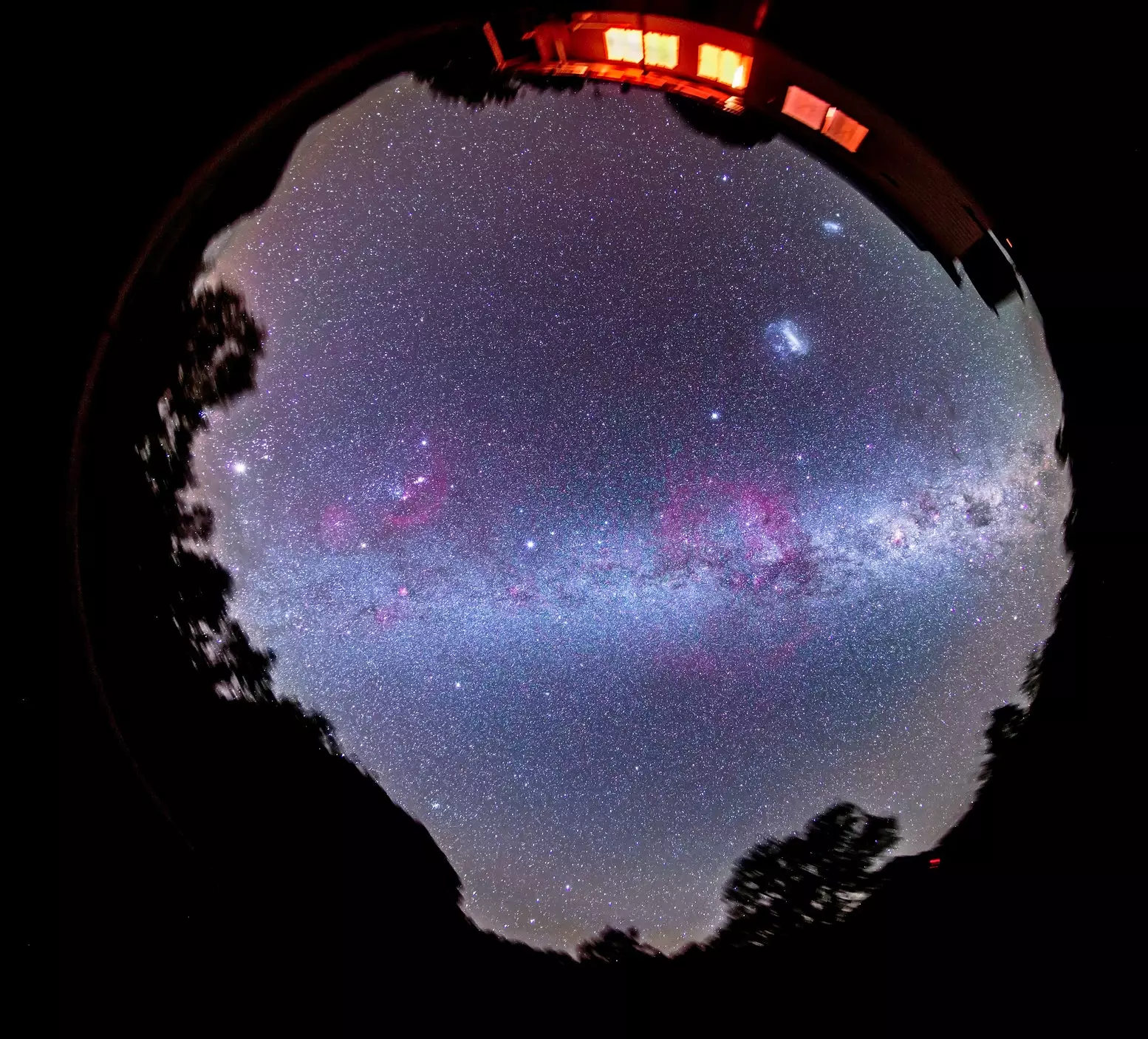in these remote islands , away from the light pollution of large cities, there are awesome places to see the stars . Thanks to its location, very close to the equator , the night sky in Maldives has ideal views both northern and southern hemisphere.
Also, between February 16 and 26 , the doctor in astrophysics Rebecca Smethurst , from the University of Oxford, will offer stargazing sessions at the Soneva Fushi . The disseminator and researcher, who deals with all kinds of topics in her YouTube channel, Dr. Becky , will also give talks on astronomy during the day on these dates; a preparation that, as she explains, helps to truly enjoy contemplate the stars.
Her visit is part of the Soneva Stars program, a unique collection of events and experiences immersive in the company of eminences of all kinds of fields , from professional athletes to internationally famous chefs.
If you're in the Maldives this month, you will be able to follow the tips from Dr. Smethurst to see the wonders of night sky:
THE CENTER OF THE MILKY WAY

The Milky Way as seen from the Maldives.
The Milky Way, our galaxy, has more than a billion stars. It spreads across the sky, like a mist with a milky sheen, but the center is where it is concentrated most stars , on the sagittarius constellation . only seen from southern latitudes and with very dark skies, so it will take about ten minutes for your eyes to get used to the lack of light before you can see the faint glow. Also look for the asterism known as “ the teapot ”; It is easy to identify because it is composed of the brightest stars in sagittarius.
At this time of year, the ideal time to see the center of the milky way It is early morning : go out during the first hours and look to the southeast.
THE ANDROMEDA GALAXY
The night sky in maldives also offers some perfect views of Andromeda , which is usually associated with North Hemisphere . This set of a billion stars, located more than two and a half million light years away, seen without the need for astronomical instruments. It is just a small island of light in the immensity of the sky, but it is enough to make anyone feel insignificant before the magnitude of the universe.
With telescope , or even with some binoculars , the view is spectacular. The clarity with which his identity is identified is impressive. spiral shape and the stars that form it, especially considering that it is the only object outside our galaxy that can be seen with the naked eye . To see it this time of year, look northwest after dark and you'll find it above the horizon line.
THE GREAT MAGALLANE CLOUD

Large Magellanic Cloud.
The Large Magellanic Cloud is a dwarf galaxy that orbits around the Milky Way . It is another of the views that can only be seen from southern latitudes , but it is so faint that it is difficult to distinguish with the naked eye even when the sky is very dark. A long exposure photo, which can be done with the night mode of many cell phones and cameras , captures it much better. Try aiming the camera to the south when night falls to try to identify it on the horizon.
THE FAMOUS CONSTELLATION OF CRUX, THE SOUTHERN CROSS
For those who have never left the northern hemisphere, see the South Cross It can be a very significant moment. The four bright stars that make up the constellation are lined up in a perfect cross about the glow of Milky Way , and its particular disposition frequently appears as a symbol. It is very present in many southern cultures, as a religious element, but also aesthetic, with many different names and interpretations. After midnight, look south to see the southern hemisphere's favorite.
ALL THE PLANETS YOU CAN

Orion and Jupiter to the left (west), Sirius, Canis Major, Puppis and Vela near the center of the Milky Way, Crux and Carina to the right (east).
Being close to the equator means that all celestial bodies of the solar system (among them the Sun, the Moon and the planets) pass closer to the zenith than in other areas and therefore offer the best views. In February it is appreciated Jupiter without much difficulty, shining over the horizon just after sunset. Before dawn, you can see the couple formed by venus and mars , which is identified by its characteristic reddish color. Mercury , dimmer, is visible below these two planets, and Saturn on the horizon
